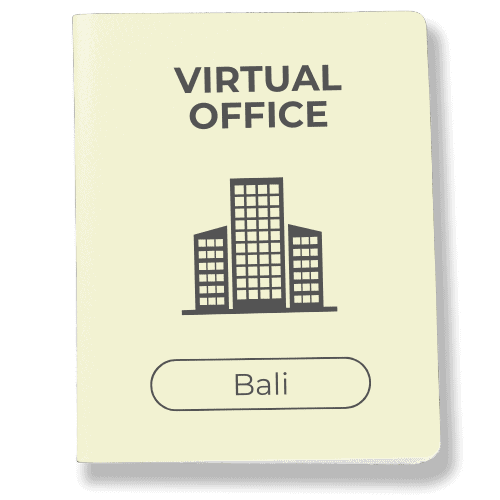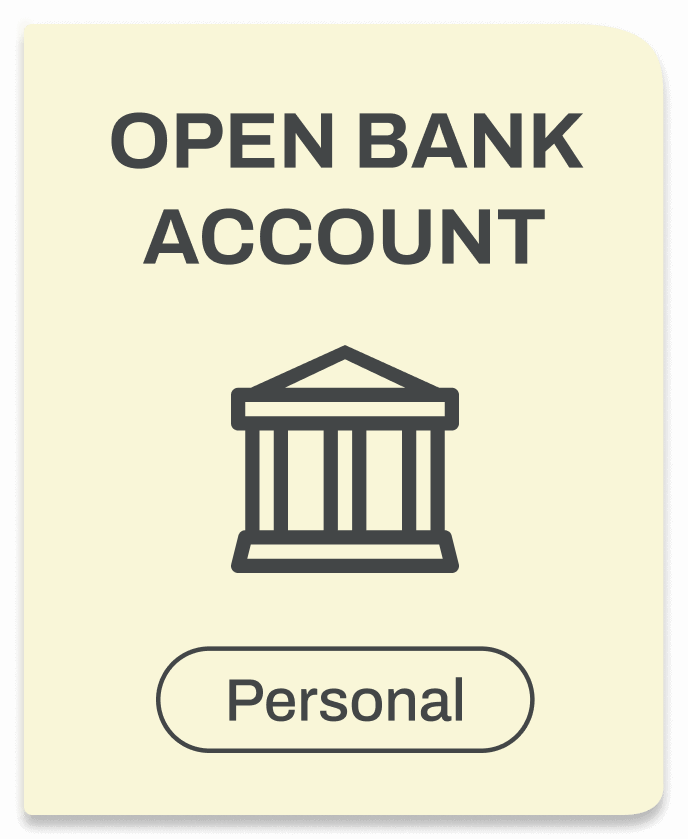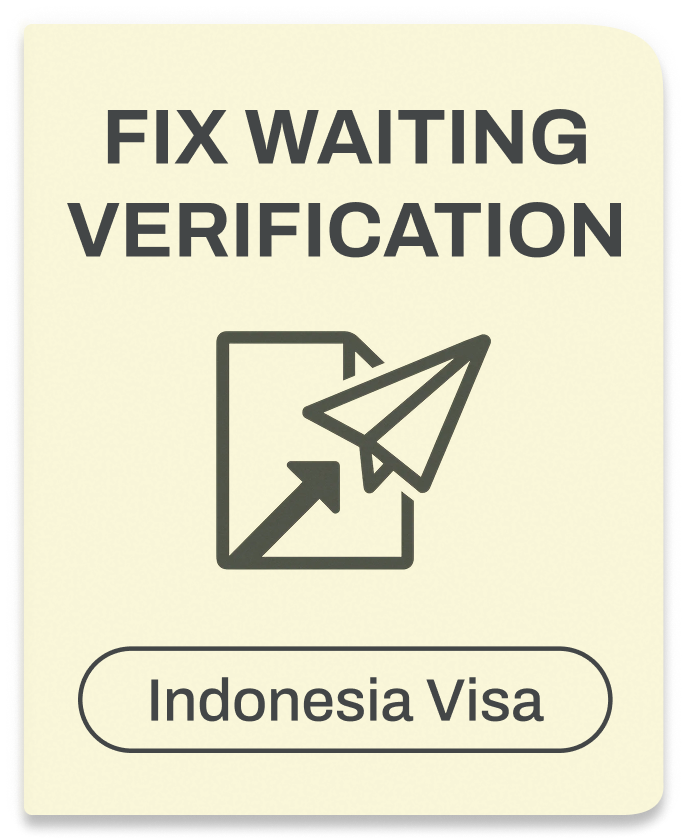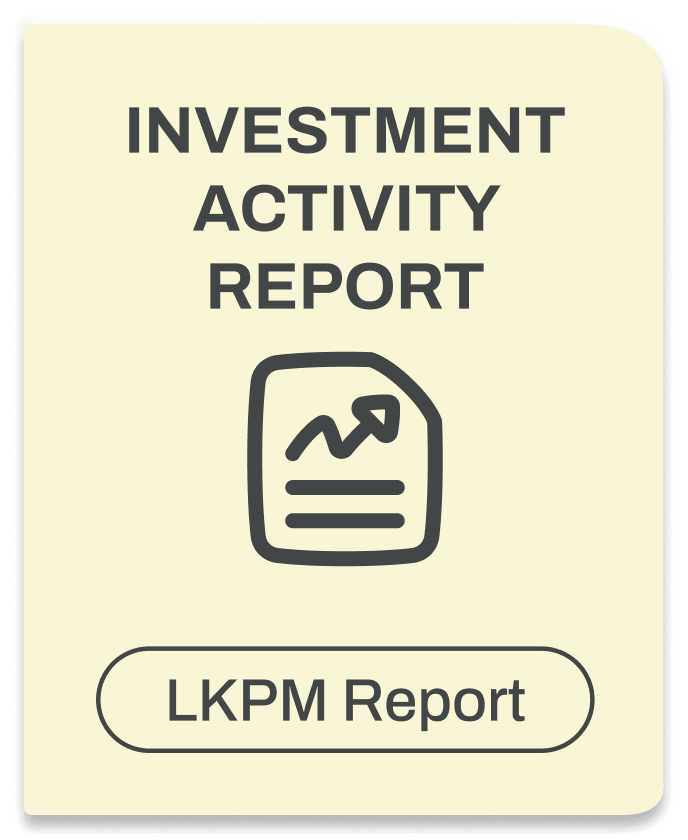ClassPass Review in Bali & Jakarta: Fitness & Wellness App

ClassPass is more than just another look at a fitness app; it’s a deep dive into whether this flexible membership is really worth your money in 2025. Instead of locking yourself into one gym or studio, ClassPass lets you explore yoga, HIIT, pilates, spin, and even spa services with just one plan. That freedom can be exciting, but it also comes with trade-offs like credit math, late fees, and availability struggles during peak hours.
In this article, we’ll break down the real costs, share our own test results, and show you who gets the best value out of ClassPass. By the end, you’ll know if this membership fits your lifestyle, or if you’re better off sticking with a traditional studio pass.
Ready to find out if ClassPass is the right fit for you? Let’s dive in
What Is ClassPass

ClassPass is like a membership card for fitness and wellness, but instead of being locked into just one gym, you get access to hundreds of different studios, gyms, and even spa services all under one account.
Here’s how it works:
You buy a monthly plan that gives you a set amount of credits. Each workout or service, like yoga, boxing, pilates, or even a massage, costs a certain number of credits. Popular classes might cost more, while off-peak or smaller studios use fewer credits. You can book everything through the ClassPass app, which makes it easy to discover new places without juggling multiple memberships.
The cool part is flexibility. You can try a spin class on Monday, yoga on Wednesday, and maybe a facial on Friday, all without being tied to one studio. It’s especially handy if you like variety, travel a lot, or get bored doing the same thing every week.
Pricing & Credits: What You’ll Actually Pay
ClassPass uses a credit system instead of straightforward pricing. Here’s how it breaks down in 2025:
| Credit | Cost / Month | Price / Credit |
| 5 | Rp129,000 | Rp25,800 |
| 17 | Rp406,000 | Rp23,882 |
| 25 | Rp589,000 | Rp23,560 |
| 40 | Rp909,000 | Rp22,725 |
| 53 | Rp1,200,000 | Rp22,642 |
Your credits don’t last forever, but they do roll over, up to the number of credits in your next month’s plan. For example, if you’re on a 40-credit plan and finish the month with 15 unused credits, those 15 will carry into the next cycle, giving you 55 total. But if you bought extra credits or had more than your plan size left, only up to 40 would roll over, the rest expire at the end of your cycle.
If you downgrade to a smaller plan, the rollover cap matches that plan. For instance, switching from 40 credits down to 25 means you can only carry over 25 unused credits. Trial credits or free promotional credits usually don’t roll over unless explicitly stated.
If you cancel your membership, all remaining credits vanish on your last active day.
Class Types & Typical Credit Burn
Here’s what different activities typically cost in credits:
Low Credit Classes (4-8 credits):
- Basic yoga and meditation
- Community center fitness classes
- Off-peak gym access
- Group stretching sessions
Medium Credit Classes (8-12 credits):
- HIIT and bootcamp classes
- Spin and cycling
- Barre classes
- Peak-time yoga at popular studios
High Credit Classes (12-20+ credits):
- Reformer Pilates (the credit killer)
- Personal training sessions
- Specialty classes like aerial yoga
- Premium studios in expensive neighborhoods
- Spa services like massages
Pilates consistently costs the most credits, which reflects the higher overhead costs of Reformer equipment and smaller class sizes. This trend matches what we’re seeing across the fitness industry.
Honest Review on What We Found

Booking Experience & Availability
Getting into your first-choice class isn’t always guaranteed. We successfully booked our preferred time slot about 73% of the time during our testing period.
Peak hours (5:30-7:30 PM) were the toughest. Popular studios like Barry’s Bootcamp and CorePower Yoga filled up within hours of booking windows opening. Morning classes (7-10 AM) had much better availability, with an 89% success rate.
The waitlist feature actually works pretty well. We got off waitlists about 40% of the time, usually 2-4 hours before class started.
Value vs. Regular Gym Membership and Direct Studio Pricing
This is where ClassPass gets interesting for your fitness journey. Sometimes it’s a fantastic deal compared to a regular gym membership or studio rates, sometimes it’s not.
Real Example: SayaClub Bali Comparison
Let’s look at SayaClub, a popular fitness studio in Bali, to see the actual numbers:
SayaClub Direct Pricing:
- Day pass: Rp 350,000 ($23 USD) for unlimited gym, classes, and co-working
- Monthly unlimited: Rp 2,700,000 ($179 USD) including unlimited SAYA FIT & SAYA Pilates classes
- 3-day pass: Rp 900,000 ($60 USD)
ClassPass at SayaClub:
- Individual classes: 4-6 credits (Rp 91,000-136,000 / $6-9 USD)
- Peak time classes: 6-8 credits (Rp 136,000-182,000 / $9-12 USD)
The Math: If you’re taking just 2-3 classes per month at SayaClub, ClassPass saves you significant money (around 60-70% off the monthly membership rate). But if you’re going 15+ times per month and want unlimited access, their direct membership wins.
When ClassPass Helps You Save Money:
- Drop-in classes at premium studios like SayaClub ($23 direct vs. $6-12 via ClassPass)
- Boutique fitness classes trials (many fitness studios charge $35-45 for first-time visits)
- Trying expensive classes like cryotherapy or infrared saunas across different studios
- Occasional visits to high-end facilities without committing to expensive monthly rates
When Studios Beat ClassPass:
- Regular gym membership with unlimited access (like SayaClub’s Rp 2.7M monthly if you use it heavily)
- Package deals (many workout studios offer 10-class packs that beat ClassPass per-class rates)
- Member perks like discounts on retail, workshops, or additional amenities (SayaClub includes co-working space, recovery area, and restaurant discounts)
Discovery & Variety
This is ClassPass’s biggest strength. During our 12 weeks, we discovered 23 new studios we’d never heard of before. The variety kept workouts interesting and helped prevent the boredom of doing the same routine repeatedly.
Cross-training benefits were real. Having easy access to both strength training and yoga improved overall fitness more than sticking to just one activity type.
Penalties & Fine Print
You can cancel via ClassPass up to 12 hours before start time with no charge; inside that window it’s a late cancel, your credits are returned, but you’ll be charged Rp. 59,150–228,033.
Missed a reservation? Credits are returned, and a Rp. 88,725–250,836 fee applies. Fees are shown in the booking flow, exclude tax, can change, and in some cases ClassPass may keep credits instead of charging the fee; certain reservations may be non-cancel.
Tip: set reminders and only book classes you’re sure you can attend.
Who ClassPass Is Best For

The Explorer
You love trying new things and get bored easily. You live in a big city with tons of studio options. Your schedule changes week to week, so you need flexibility.
ClassPass gives you the freedom to do hot yoga on Monday, kickboxing Wednesday, and Pilates on Saturday, all without separate memberships. The discovery factor alone makes it worthwhile for curious fitness enthusiasts.
The Specialist
You’re obsessed with one specific activity, like Reformer Pilates or boxing. You know exactly which classes and instructors you prefer.
Be careful here. If you’re taking 6+ classes per month at the same studio, their direct membership is probably cheaper. Plus, you’ll get member perks like priority booking and retail discounts that ClassPass doesn’t offer.
The Traveler
You work remotely, travel frequently, or split time between multiple cities. ClassPass works in over 30 countries, so your membership travels with you.
This is honestly ClassPass’s killer feature for digital nomads and business travelers. Being able to find a familiar workout routine in Bangkok or Berlin without researching local gyms is incredibly convenient.
The Routine-Lover
You want the same instructor teaching the same class at the same time every week. You value consistency over variety.
ClassPass might frustrate you. Popular classes book up fast, and there’s no guarantee you’ll get your preferred slot each week. Plus, you might hit booking limits at your favorite studio (ClassPass restricts how many times per month you can visit the same place)
Alternatives & When to Skip
Consider Studio-Direct Memberships If: You take 8+ classes per month at one studio. Most unlimited memberships range from $150-200 monthly, which beats ClassPass if you’re a frequent visitor. Plus you get perks like priority booking, retail discounts, and special member events.
Other Options:
- Class packages: Many studios offer 5 or 10-class packs at discounted rates
- Corporate wellness programs: Check if your employer offers fitness benefits
- Mindbody marketplace: Similar concept to ClassPass but with different studio partnerships
Tips to Max Out Value
Smart Booking Strategies: Book off-peak hours when possible. Classes between 10 AM – 2 PM typically cost fewer credits and have better availability. Enable waitlists for popular classes, you’ll be surprised how often spots open up.
Credit Management: Track your effective cost per credit by dividing your monthly fee by credits used. This helps you spot when you’re paying too much for certain classes. Take advantage of credit rollovers by buying the smaller plan and purchasing add-on credits only when needed.
Technology Tips: Sync ClassPass with your phone calendar and set up automatic reminders. This prevents costly late-cancel fees and helps you stay consistent with your fitness routine.
Remember, ClassPass works best when you embrace the exploration aspect. If you’re trying to recreate the exact same routine you had with a single studio membership, you’ll probably be disappointed. But if you’re excited about variety and discovery, it can transform your fitness journey.
Ready to Apply or Extend Your Visa?
Let our visa specialists handle your application.



















